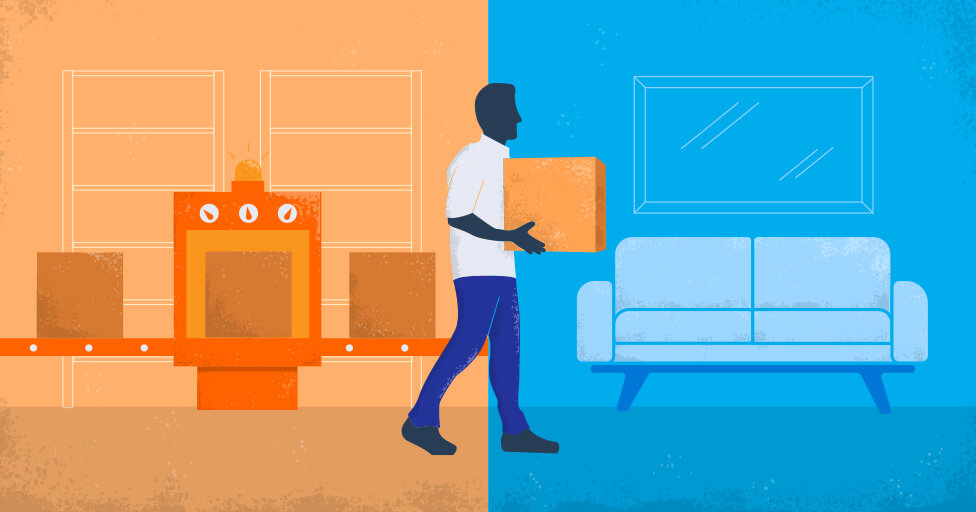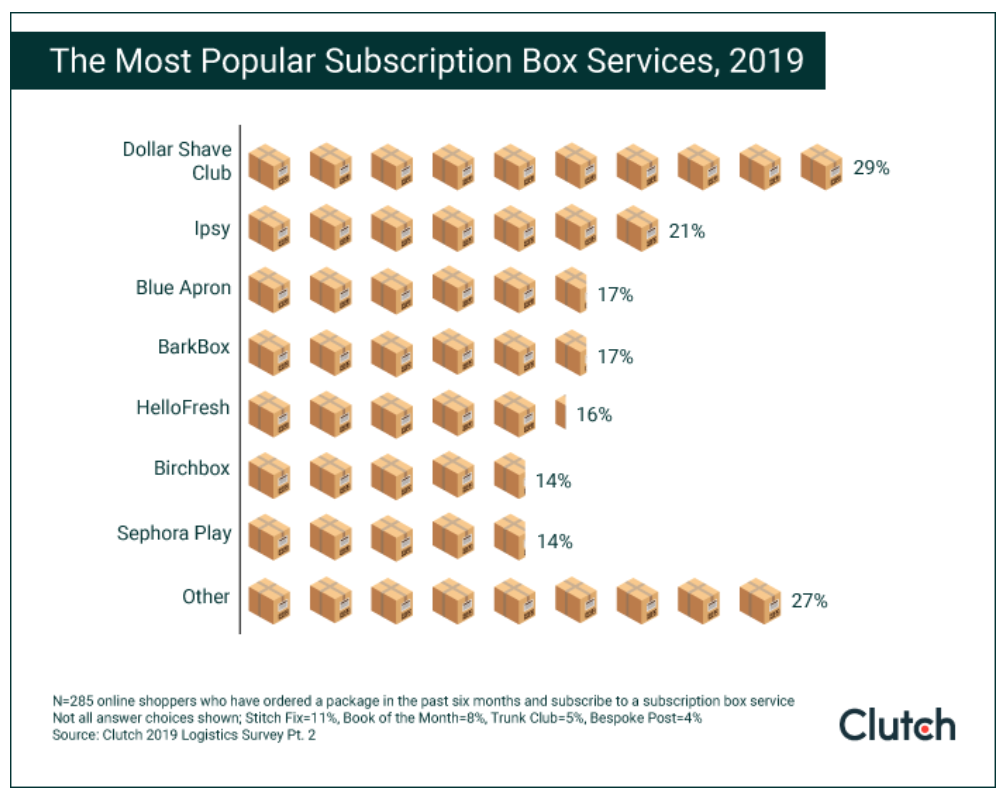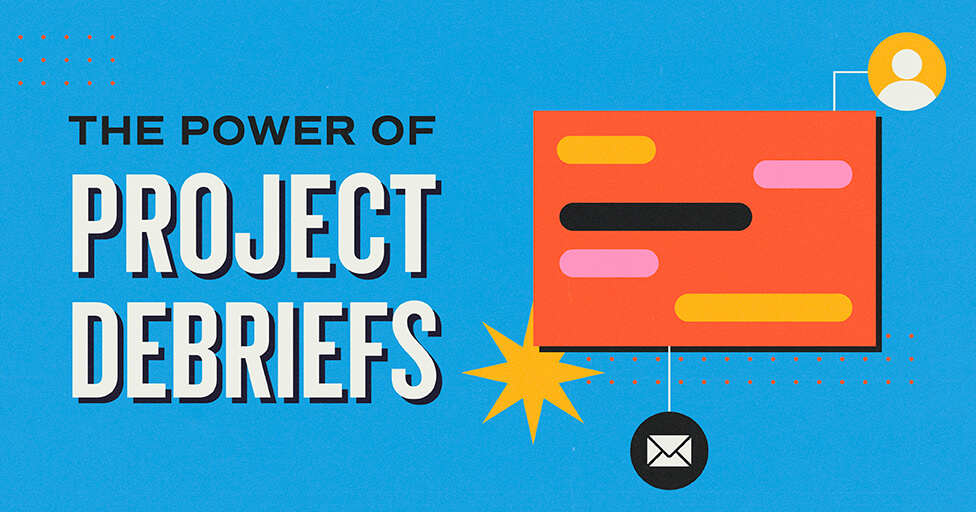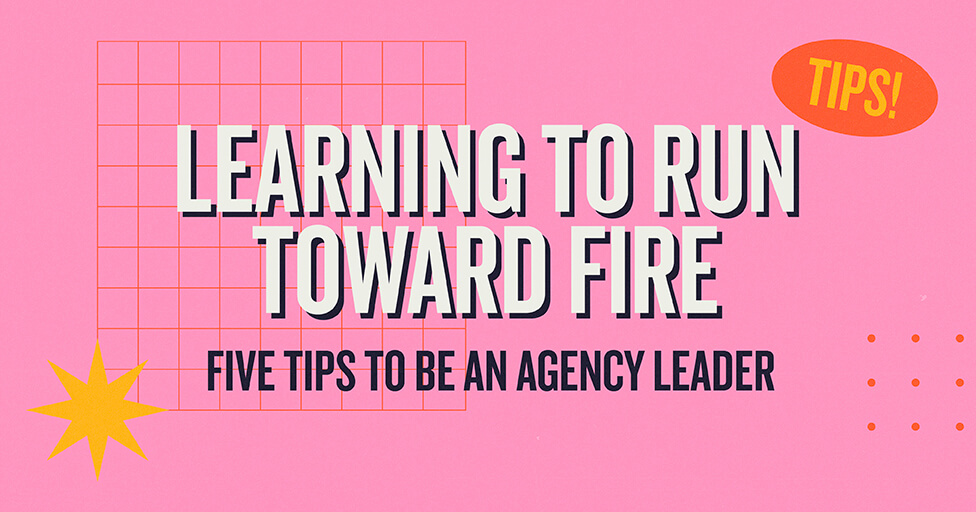
Competition is stiff in the CPG industry and, thanks to the increase in use of mobile devices and online purchasing, this is only expected to continue. So how does a brand stay ahead of the competition? By staying ahead of the trends.
The CPG industry continues to evolve rapidly, and it is crucial for brands to stay aware of changes as they are taking place. Most importantly, brands must be nimble enough to adapt to new consumer demands. Here are four trends we have been watching and will continue to watch over the next year:
1. Establish a presence online and offline
Digital marketing is mandatory. But just including digital marketing tactics in a marketing plan isn’t enough. Understanding consumer behavior is actually fueling business strategies. Consumer activity through digital channels is actually driving product innovation. Brands, like Starbucks, identify and utilize Internet trends to create new products. Take unicorns for example. So hot right now, right? While it is hard to explain why exactly unicorns came back into our lives so suddenly, it is easy to see how brands have taken advantage of this newfound obsession. Enter, the Unicorn Frappuccino. Starbucks was able to see the popularity of unicorns rising to the historic levels of the 1980s. A unicorn Snapchat filter and the insanely popular unicorn emoji are just two examples of the unicorn trending in the digital world. Starbucks not only took advantage of the popularity of unicorns but also the sharable food posts and FOMO (fear of missing out) trends by creating a neon-colored drink that was available for only one week.
When brands are active on social media, it is important for them to create a two-way dialogue. One way many brands have successfully created conversations with consumers is through the use of influencers. Influencer marketing is nothing new but we can expect to see it soar in 2020. When influencers are authentically engaged with a product and genuinely value it, consumers follow suit. Having a stronger social presence of real-life usage of your products will inspire consumers to purchase. Most importantly, the use of a celebrity influencer is not a must. We expect to see brands engage with several smaller influencers who garner higher engagement rates.
As important as it is for a brand to have a strong online presence, it is equally important to have a brand that consumers are excited to engage with offline. Younger generations want to feel connected to a brand and that doesn’t necessarily always happen online. Take Miller Lite, for example. In late 2019, the beverage maker asked brand enthusiasts to unfollow Miller Lite on social media. This is ludicrous, right, given how important social media has become to our society? So why did Miller Lite do it then? They knew social media was causing Millennials to get together with their friends less often. Miller Lite dubbed themselves the “original social media” and encouraged consumers to get out and have a drink together, without Facebook and Instagram. They even rewarded those who unfollowed them with free beer. The beverage brand took a risk. Did it pay off? Only time will tell. Check out 3 Trends Defining How CPG Brands Can Engage Millennials for more inspiration.
2. Subscriptions
Subscription-based services have seen significant growth over the last few years. From StitchFix to Netflix to Blue Apron, this popular business model has taken over the way companies do business. Nearly every industry from streaming services to meal kits has dabbled in subscription-based models, including packaged foods. When executed well, it is great strategy for brands as it drives recurring revenue. What has made this model so successful is that it’s great for the consumer as well. It adds both simplicity and the element of surprise to the purchase process.
While subscription services primarily began in the media industry, the business model works especially well for packaged goods. The purchase of packaged goods—including items like diapers, cosmetics, contacts, razors, cleaning products, pet food, snacks, and alcohol—is now more convenient, personalized, and sometimes cheaper, all from the privacy of a consumer’s house.
 Dollar Shave Club is a great example of a company that made the purchase of a personal product both discrete yet exciting using a subscription model. It is no surprise the company was purchased by Unilever for $1 billion in 2016. And Unilever is just one example of large consumer brand manufacturers using M&A to partake in subscription models. Others include Walmart and Sephora.
Dollar Shave Club is a great example of a company that made the purchase of a personal product both discrete yet exciting using a subscription model. It is no surprise the company was purchased by Unilever for $1 billion in 2016. And Unilever is just one example of large consumer brand manufacturers using M&A to partake in subscription models. Others include Walmart and Sephora.
3. Delivery
There is no doubt that Amazon changed ecommerce. And, in many ways, it has changed us as consumers. Amazon has trained consumers to expect anything (okay, almost anything) to be delivered to our doorsteps in two days…or less. As adults, we remember a time when it took over a week to receive a purchase we made from a catalogue. But consumers younger than 15 have never lived in a world without two-day delivery. To put it another way, Millennials have been able to get what they want when they want it for almost two decades. If you’re looking to step-up your Amazon game, be sure to read our post about Amazon Content Strategy for CPG Brands.
It is no wonder other industries have modified their delivery systems as well. The food industry has far and away been one of the primary industries to adapt to the need for quicker delivery. While pizza delivery has been around since the 1960s, there are now countless food delivery services that will bring you the food you want when you want it. Grubhub, the largest food-delivery player, was established in 2004 and faces competition from companies like Postmates, DoorDash, and UberEats . Today, you can get McDonald’s delivered to your house before the french fries get cold, which is a feat in itself. You can even have alcohol delivered, which is both convenient and responsible.
Food delivery quickly expanded into grocery delivery. The online purchase of groceries creates endless aisles for buyers and price savings, in addition to convenience. Major grocers like Hy-vee and Walmart were quick to enter the grocery-delivery market. Of course, Target followed suite with Shipt, a same-day delivery service for all Target products. And when Target entered the marketplace, it meant anyone, nearly anywhere, could get nearly anything on the same day they ordered it. There was a reason that Target purchased Shipt for $550 million from Bill Smith, an entrepreneur who stumbled upon the idea of grocery delivery after an agonizing trip to the store with two small children. When Target made this purchase, they knew delivery was the future (6).
4. Feel good-focused goods
When Instagram started getting rid of “likes” in 2019, the social media world was flabbergasted. It was the removal of such a key aspect of the channel—not the reason—that shocked people. The why was easy to understand—help people feel better about themselves. Instagram wasn’t the first brand to notice the importance of these feel good vibes, but they were among the first to take drastic steps to encourage it. Companies must foster positive relationships with users, and Instagram took this to heart. Millennials, more so than any other generation, feel that positive relationships with brands is an important factor in their decision to engage. We have seen companies became more transparent and sustainable in an attempt to align their values with their consumers. Cause marketing has also been a successful tool in reaching Millennials. They are looking for brands that align with their beliefs and give back to causes that are important to them. Cause marketing helps build brand affinity and brand loyalty, which are so important in such a competitive environment.
In 2018, we saw examples of cause-marketing campaigns that were not well executed—take Pepsi vs. Heineken, for example. But 2019 brought new causes and better campaigns. Nike had one of the most successful 2019 cause-marketing campaigns that supported women’s empowerment. These dream ads, narrated by Serena Williams, encourage women to dream big and to dream crazy, because it’s only crazy until you do it. These ads are Nike’s attempt to change the negative stereotype that has been put on women who are ambitious, zealous, or opinionated. The campaign was widely successful with over 11 million video views, 193k retweets, and 450,000 likes in just seven months. This social justice campaign relied on all organic conversations to bring attention to the brand.
While these are just four of the many trends that will transform the CPG industry in 2020, they are the ones that will have a significant impact on how nearly all consumers interact with brands. These changes are ones that we have seen grow over the past year and that we expect to dominate the industry in the coming years. If your brand is trying to stay ahead of the curve and fight growing competition inside this crowded marketplace, MBB can help.
Find more CPG marketing tips in past blog posts:
Subscribe to our newsletter
Get our insights and perspectives delivered to your inbox.


